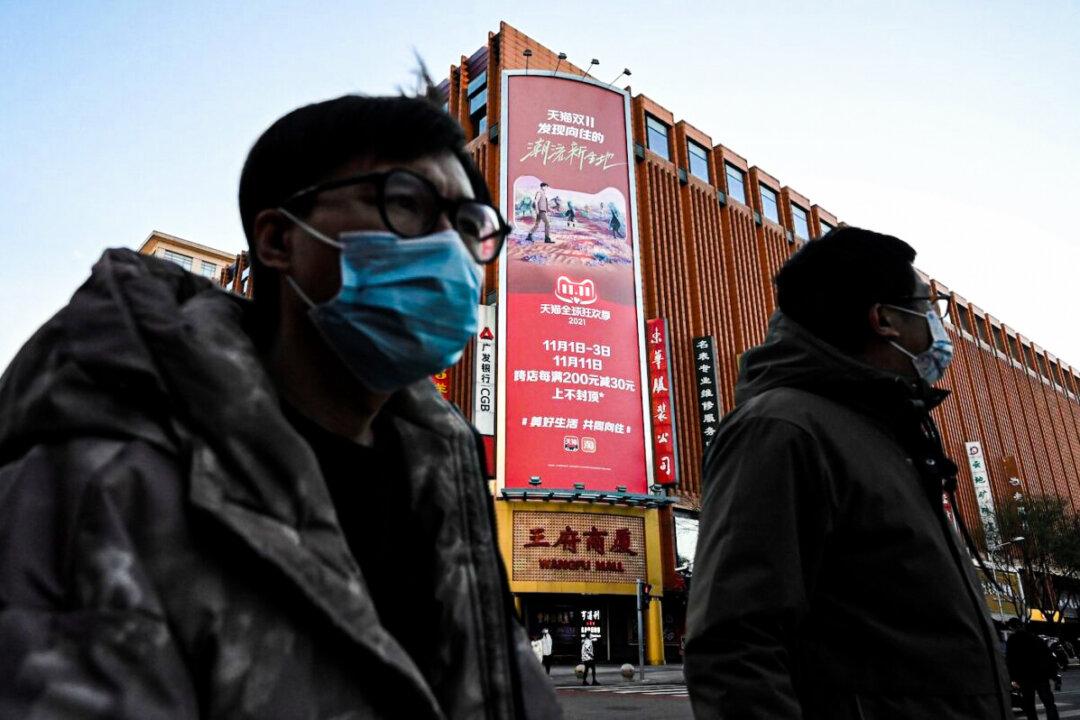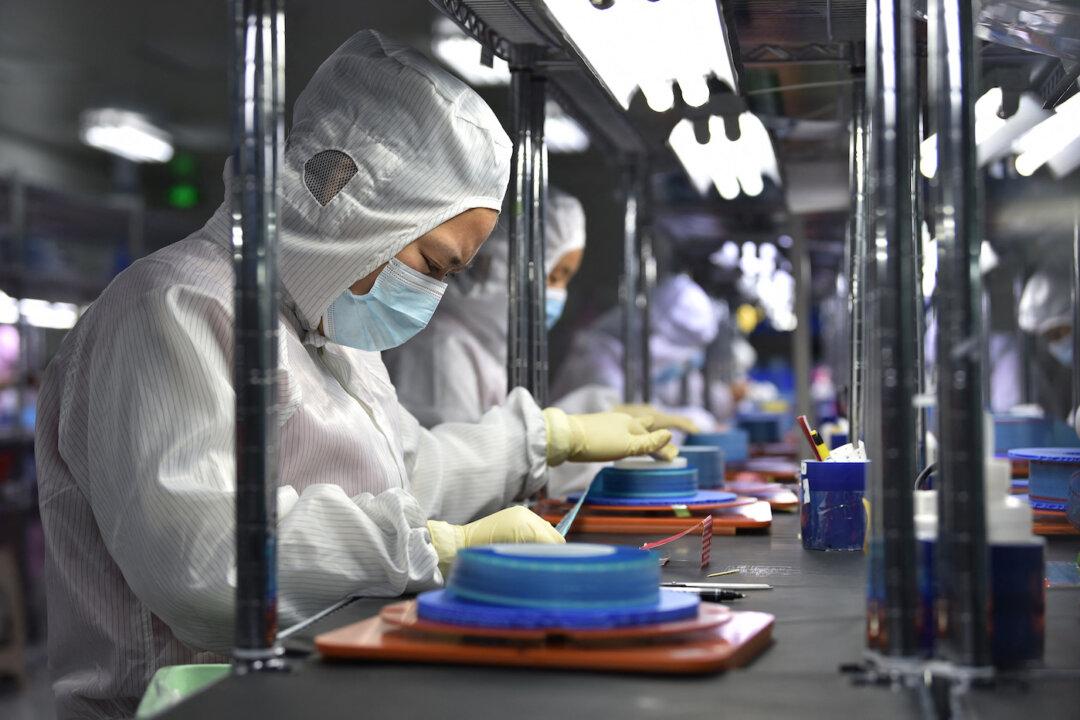“The American Dream is Alive. In China.” This headline not only pits the concepts of the American Dream and the Chinese dream against each other, it also turns the century-old mainstay of American newspapers, The New York Times, into a main front in this battle. Aside from raising eyebrows from the Chinese Twitter community, a careful parsing of the article uncovers a sobering subject for Americans — the onslaught of globalization against the American Dream.
Upward Mobility in Chinese Society Has Long Been a Thing of the Past
The official Twitter account of The New York Times published the following tweet on November 19: “There are two 18-year-olds, one in China, the other in the United States, both poor and short on prospects. You have to pick the one with the better chance at upward mobility. Which would you choose? Not long ago, the answer might have seemed simple. The ‘American Dream,’ after all, had long promised a pathway to a better life for anyone who worked hard. But the answer today is startling: China has risen so quickly that your chances of improving your station in life there vastly exceed those in the United States.”These words are excerpts from “The American Dream is Alive. In China.”, with the key word being “upward mobility”. This is precisely the essence of the American Dream” that Americans hold in such high esteem. As to interpretations of the Dream, there are many versions. The one that has long captured the imagination of the general public is: no matter what one’s class is at birth, one is able to, through determination and hard work, climb up the ladder of society. In short, the essence of the American Dream is the possibility of upward mobility through one’s own efforts.





